This is a guest review by Brad Patterson. Brad is an electrical engineer by trade, and lives in Grand Rapids, Michigan. As you will see, his photography skills are far superior to my own! – Pete, Runblogger.com
Before I started running back in January of 2011, I had never even heard of Karhu. As my love for running grew, and also my fondness for running shoes, I began to take notice of every running shoe that I would see while I worked out at a local gym. One particular day, I noticed one with a “funky looking” curvy M on the side of the shoe, and I had to look it up on the internet when I got home to find out that it was a Karhu. At the time, I didn’t know anything about Karhu, their history, or their shoes (or that I would be asked to do a review for their Flow 3 Trainer shoe a few years later)!
Karhu History
It wasn’t until Pete asked me if I would be willing to do a review of a more “conventional trainer” from Karhu that I started looking into them as a company. The Karhu brand has actually been around a very long time, having been founded in 1916 in Helsinki, Finland by a company named Ab Sport Artiklar . Their original products were javelins, skis, and discuses; but they eventually began to also make running spikes for a variety of Finnish athletes. In 1920, the company name was changed to Karhu, which is Finnish for bear. An elite group of Finnish runners, who became known as the “Flying Finns”, garnered recognition for Karhu shoes by dominating tracks all over the world. Paavo Nurmi, the World famous Finnish middle and long distance runner, won 9 Olympic GOLD medals in just eight years, many times while he was wearing Karhu running spikes.
In 1932, Karhu factory workers Matti Järvinen (javelin) and Lauri Lehtinen (5000m) won gold medals at the Los Angeles Olympics. In the 40s, Karhu did its part in defending Finland during WWII; providing uniforms, tents, boots, & skis for the Finnish army. In the 50s, 15 athletes wore Karhu spikes while winning gold medals for their countries, including the legendary (and one of my personal running idols) Emil Zatopek. Ironically, Karhu ended up selling it’s 3 stripes trademark to Adidas for a whopping 1600 euros and two bottles of good whiskey! If they only knew how much those 3 stripes would be worth in later years…
In the 60s, Karhu officially registered its famous M-symbol and developed its first “training” shoe for track and field athletes. Legendary track coach Arthur Lydiard got on board and visited the Karhu factory, praising the fit and quality of the new Karhu training shoe, which was called the “Trampas”. In the 1970s, Karhu continued to innovate and developed the first patented “air cushion” midsole for running shoes (even before Nike ever did). Steve Prefontaine wove himself into the Karhu story when he invited a group of Finnish athletes to go on a racing tour with him in 1975, and those athletes brought along the new Karhu Air Cushioned model, known as the “Champion”.
The 80s saw the first initial development of what Karhu is best known for currently, which is their “Fulcrum” technology. While most other brands continued to build up their shoes with air & gel cushioning, Karhu decided to remove the air cushion from their shoes in 1986 and replace it with the “Fulcrum”. Karhu continued to innovate over the years in other various ways, but I think it is time to move on to the uniqueness and idea behind the “Fulcrum” technology that Karhu employs.
Unique features & philosophies
The best way for me to describe the Karhu “Fulcrum” is that it is “triangular-ish” wedge of a harder durometer EVA foam in the midpoint of the sole, between the heel and the forefoot. The idea is that this fulcrum will propel you forward onto your forefoot and into toe off with higher efficiency than standard shoe. You can see the blue fulcrum wedge in the photo below.
Karhu has conducted extensive testing and R&D work on their Fulcrum technology, and the data they have gathered is actually quite impressive. Their data shows that runners equipped with their Fulcrum technology shoes have less vertical oscillation during their run which results in a more efficient forward movement. They also claim that the Fulcrum allows for better foot and leg positioning which reduces overstriding and the braking forces associated with it. And of course, you can’t forget the big dirty word in running shoes these days: pronation. Karhu claims that their design “reduces the pronation angle and velocity due to naturally centered movement over the fulcrum”. This one I’m not 100% sure about, and think it might just be marketing-speak, but this is what Karhu claims. See the video below for some testing that Karhu did to evaluate the effect of their Fulcrum technology on a runner’s vertical oscillation.
Karhu has a number of other videos demonstrating the independent testing they had done at the University of Jyväskylä to validate their claims about the fulcrum technology. http://www.karhu.com/technology/
Initial thoughts (from unboxing)
Upon receiving shipment of the new shoes (Disclosure: the shoes reviewed here were provided free of charge by the manufacturer for review purposes), I opened the shipping box to find this:
Like, most shoe companies, Karhu does a nice job with the marketing and branding on the outside of their shoe boxes. The first thing that jumps out at you is the image of a bear with the Karhu “M” logo through the middle of it. If you remember your Karhu history lesson earlier, you would recall that the word Karhu means “bear” in Finnish. A number of other slogans and phrases adorn the sides of the box, keying on some Karhu history as well as their current marketing “method”:
-
Finland’s legendary 1916 running brand
-
Efficiency: the hallmark of Finnish design (and a nice QR code to scan for more info)
-
Move forward
-
Since 1987, Karhu’s fulcrum technology has been creating more efficient runners by minimizing vertical oscillation and transforming wasted energy into smoother, faster gait cycle
-
Image of the vertical “oscillations” that the competition’s shoes introduce into the runner’s gait, compared to the smoothed out motion of a runner in Karhus
-
A line “graph” depicting where this shoe falls on the scales for “body type” and “stride efficiency”. The Flow 3 is listed as a “mid/light” body type and “performance” for stride efficiency
You may think that all of this wording and marketing on the outside of the box is too much, but I feel that it is a nice touch and excellent attention to detail; especially in the United States where Karhu is not a household brand name. I think that by putting their distinctives on the outside of the box, it helps potential buyers to know what sets their shoes apart from other brand’s designs.
After I finished looking over all of the branding and marketing on the outside of the box, I eagerly opened it to examine the shoe awaiting inside! The first thing you see when you open a box of Karhu shoes is a nice brochure that explains their company history and the design facets that make their shoes “more efficient” than those of their competitors.
The brochure also smartly includes photos of all of their current models, just in case you end up loving this pair so much that you want to try out other Karhu models!
After a quick perusal of the brochure and a few more product photos, I set it aside and peeled back the tissue paper to reveal my prize inside. And what I was greeted with was none other than a fantastically styled and eye-catching bright yellow/green shoe with light blue accents. I personally like my shoes a bit on the gaudy side, so I was very happy to see that this new test pair meets my “attention grabbing” quota!
I picked up the shoe to give it a closer inspection and found it to be pretty light just from my initial hand holding guestimate. When I flexed it, I initially thought it felt like it had a pretty rigid sole. Much to my liking, the upper is very minimal and airy. It has some basic stitching, but not very many overlays adding any additional structural support to the upper. You can see from the photo that the trademark mountain “M” logo adorns the side of the shoe and also a very small bear icon in the middle of a small piece of mildly reflective material. The lacing on the upper is pretty standard symmetrical style, with six “normal” eyelets on each side and one extra eyelet a little further back and down around the ankle for those of us that might like to use this extra eyelet to counter any problems with heel slip.
The “Fulcrum” technology is very evident from the light blue section of foam in the midsole. And just in case you don’t quite notice the Fulcrum just from the different colored blue foam, Karhu nicely puts the word “Fulcrum” right in the middle of it! Pressing on the blue foam with my finger, I could tell right away that the blue foam is a harder durometer than the rest of the (yellow) foam which makes up the remainder of the midsole. Karhu made the center of the Fulcrum wedge a nice shiny and highly reflective silver material, which I am a huge fan of since I do most of my running in the dark at very early morning hours.
Taking a look at the side profile of the shoe, I could see that the heel seems slightly undercut, in a similar fashion to the Brooks Pure and New Balance Minimus shoe lines. The toe is slightly upward sprung, but really not too much. The sole itself is a mix of nice durable rubber in the forefoot and heel areas, and exposed yellow EVA from the midsole filling in the area under the arch. It appears that the vast majority of the sole is going to make good contact with the ground, with very few “voids” or “pockets” in the sole of areas that would just be air. It seems like this large volume of foam and rubber making ground contact is going to offer really nice traction out on the road, even when the terrain is wet. But I wouldn’t find be able to verify that fact until after I took the babies for a few test runs!
After a fairly thorough inspection of the outside of the Flow3 Trainer, I decided that I would slip it on and give it a quick “foot feel” test. I looked inside the shoe just before sliding my foot in, and noticed that Karhu continued to do a nice job with marketing of their Fulcrum technology on the insole itself. I also noticed two little “pods” of cushioning that stuck out from the sides of the heel color, I was guessing these were to help keep the shoe gripping your foot and heel locked in. (When I checked this on the Karhu website, I noticed that they referred to this feature as “dual pronged memory foam heel collar”). I don’t do a lot of sockless running, but I did remove the insole and see what the shoe inner looks like for sockless running. All I can say is it doesn’t look very promising for sockless running, there is a ton of stitching along the bottom of the shoe and it doesn’t look like it would be very comfortable to run in sans socks.
So am I finally to the point where I describe what the shoes actually feel like ON MY FEET? Geez, I just get too wordy sometimes! I slipped the shoes on and they felt quite good. I didn’t feel any support or restriction on the sides of my foot, and the forefoot area was very roomy. If almost felt like the forefoot might have been a hair too wide for me, but the shoe seemed to cinch down nicely once I tightened the laces a bit. As I did this, I wondered to myself if a size 10 might fit my foot a little better with the Karhu than my normal size 10.5 that I wear in all of my other running shoes. I could feel that the heel counter was fairly stiff, but still very comfortable. And I could also feel ever so slightly the sideways “pressure” of the two memory foam pads on the heel collar. They almost seemed reassuring in feel, as if they were going to guarantee that my heel didn’t slip out while running. The material on the inside of the heel and tongue areas was very soft and quite comfortable. The tongue felt pretty nicely padded, but it was not overly fat/thick, like I have seen in some other running shoes.
Shoe details and specs
I covered some of these details in my initial thoughts above, but I’ll quickly run through some of the specifications of the Karhu Flow3 Trainer for those of you that are hyper analytic shoe nerds like me. I pulled some of this information from the Karhu website, and also from the Running Warehouse website.
-
Upper – Super airy and lightweight (my words), “anatomically sculpted air mesh” according to Karhu.
-
Cushioning – Combination of 56 durometer CMEVA (compression molded EVA) foam for midsole and 70 durometer EVA for the Fulcrum.
-
Heel-toe drop – Running Warehouse lists this shoe as 13mm forefoot & 18mm heel stack heights, for a 5mm drop value
-
Weight – 8.3oz in a size 9 according to Running Warehouse. I measured my size 10.5 at 9 ounces on my postage scale
-
Sole – Wearable EVA outsole with compression molded rubber in key abrasion areas (i.e. forefoot and heel)
-
Tongue – anatomically mapped around the instep with a soft touch logo top
-
Insole – Full length EVA padded lasting board stitched directly to the upper
-
Reflective details – small reflective bear logo on both sides of the upper, and a small wedge of reflective material in the middle of the fulcrum in the midsole
-
Heel cup/counter – fairly firm (my words) heel cup that is lined with soft moisture wicking material and includes two small memory foam “prongs” on each side to lock the heel in place
-
Lacing – standard symmetrical lacing with 6 “regular” eyelets and 1 additional that is farther back towards the heel
-
Sizing (accuracy) – Running Warehouse lists the sizing as “standard”, but I found my 10.5 to be a little bit too long. I ended up being able to cinch down the laces to take care of it, but this does cause some of the upper material that is just in front of the laces to “bunch together”
-
Flexibility – out of the box I thought they felt pretty stiff, but out on the run they seemed very flexible front to back. There doesn’t seem to be much flexibility side-to-side though.
-
Ground feel – ground feel on these shoes is excellent. Even with 13mm forefoot padding, I could really feel all different aspects of the surface I ran on.
-
Fulcrum – 70 durometer EVA molded into the center of the midsole to help reduce braking forces, toe off efficiently, and propel the runner forward
-
Color availability & look – The Flow3 trainer is available in a fog (grey) & light blue combination and also in a screaming yellow & light blue combination. I received the screaming yellow version, and I personally think they look fantastic.
Run performance and conclusions
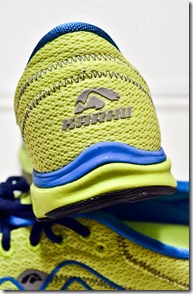 And now I am finally getting to the part you are waiting for, to describe how they performed on the run! As of this writing, I have put 75 miles on my pair in a variety of conditions as well as run types. I did about 20 miles on a treadmill, and all of the remaining miles were done outside; all on roads. I have used them for lots of 3-7 mile runs, as well as one run that was just about 10 miles. Outside, I have run them in snow, rain, and dry pavement. Unfortunately, it has been a VERY wet spring where I live in Michigan, so I have not had any opportunity to try them on trails yet. Based on all of these runs, here are my observations and opinions.
And now I am finally getting to the part you are waiting for, to describe how they performed on the run! As of this writing, I have put 75 miles on my pair in a variety of conditions as well as run types. I did about 20 miles on a treadmill, and all of the remaining miles were done outside; all on roads. I have used them for lots of 3-7 mile runs, as well as one run that was just about 10 miles. Outside, I have run them in snow, rain, and dry pavement. Unfortunately, it has been a VERY wet spring where I live in Michigan, so I have not had any opportunity to try them on trails yet. Based on all of these runs, here are my observations and opinions.
Ground feel in these shoes is VERY good. On a number of runs, I ran along and tested out various sections of the road to see if I could feel them. I could feel everything from a tarred over crack in the pavement to small pebbles that were laying on top of the pavement. Depending on the kind of running shoe you prefer, you may view this ground feel as a good point or bad point. I believe that there is a time for cushioned shoes, but for the type of running that I think these shoes are intended for, the ground feel is an advantage.
The Flows are very light and feel like a “quick” shoe to me. I assume this is due to their close to the ground 13mm forefoot cushioning, and racing-flat style of design. I find it easier to run with a higher cadence in the Flow3 than I do most of my other shoes that are more cushioned with a higher heel-toe drop. They feel very flexible out on the road, which I have heard is sometimes a rare feature in racing flats; as a lot of flats tend to have stiffer soles.
From a stability standpoint, I found these shoes to offer a really nice stable base and also excellent traction even in wet pavement. I think that the large amount of sole material that is flat to the ground and making contact adds to this feeling, and the combination of exposed foam and rubber seems to work very well for grip (in both wet and dry conditions) and also for durability.
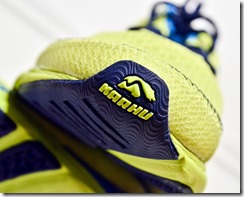 From a foot comfort standpoint, I felt very good in these shoes. Even with the minimal amount of cushioning, my feet never had any hot spots or soreness. The toe box is plenty large and offers lots of room for splaying. The only thing I noticed from a lesser cushioning standpoint is that I had some calf soreness after I did about 6 consecutive runs in them; which I think could be from the lower heel-toe drop than I am used to and possibly also from the lower amount of padding. As a side note, I have always had some problems going to minimalist shoes and sore/tight calves is a common issue that I have; so I don’t blame this on the shoes but it is more of a person “body” problem for me.
From a foot comfort standpoint, I felt very good in these shoes. Even with the minimal amount of cushioning, my feet never had any hot spots or soreness. The toe box is plenty large and offers lots of room for splaying. The only thing I noticed from a lesser cushioning standpoint is that I had some calf soreness after I did about 6 consecutive runs in them; which I think could be from the lower heel-toe drop than I am used to and possibly also from the lower amount of padding. As a side note, I have always had some problems going to minimalist shoes and sore/tight calves is a common issue that I have; so I don’t blame this on the shoes but it is more of a person “body” problem for me.
The one main thing I was curious about with these shoe is the effect of the “Fulcrum technology” and if I would be able to notice it at all. Upon first just putting the shoes on inside my house, I couldn’t really feel any huge difference, and even out on the run, I think the effect of the fulcrum feels very subtle. One thing that I noticed on many of my runs in these shoes is that they seem to encourage a nice forward lean and make you feel like you are “throwing yourself” forward. I’m not really sure how to explain it in words, but I think this is the intended effect that the Karhu designers were going for with the fulcrum. On the positive side, I never felt any sort of weird bumps or pressure on my arches like I have heard from some of the Brooks Pure line shoes and also the Sketchers GoRun series early models.
Another item that I found REALLY interesting with these shoes is that it almost felt difficult for me to run slow in them. Time and again, I would attempt to take them out for a nice slow easy run, but many times I ended up running faster than I had planned. I attempted to look at my HR data to see if I could have any real world support for Karhu’s claims that the fulcrum actually improves runner’s efficiency; but I didn’t see anything really obvious. Due to the fact that my runs were in such a variety of conditions, distances, and paces; it was hard to quantify the effect on heart rate efficiency.
Here is a photo showing current wear after 75 miles, I think they are holding up very well and will last for many more hundreds of miles
My final conclusion and recommendation is that this is an excellent shoe, and could be just the model you are looking for if you want something light, fast, and close to the ground. Karhu says that it could be used as a daily trainer, but I will stick to using this shoe for shorter faster workouts instead of my weekend long runs. Again, this may vary depending on how your body handles less cushioned shoes. So I think this would be an fantastic choice for a racing shoe or a weekly workout shoe. Its design and features all come together to make a really smooth and efficient ride that will propel you forward on your way to your next PR!
As one final bonus, Karhu is currently offering a 60-day guarantee on the Flow models. Their website says “If they aren’t the most efficient pair you’ve worn, return them within 60 days for your money back” http://www.karhu.com/flow-guarantee
The Karhu Flow Trainers are available for sale at Running Warehouse and Amazon.com. They can also be purchased directly from www.karhu.com.
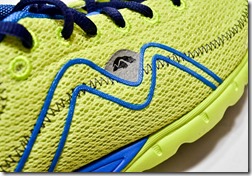
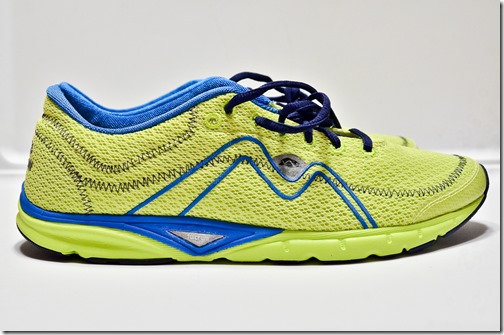
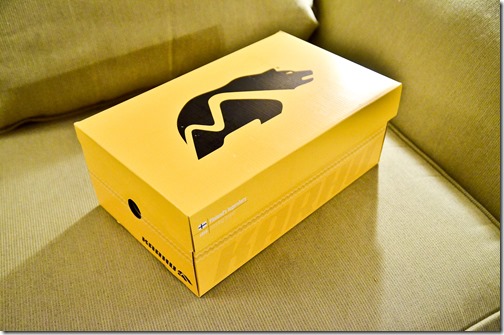
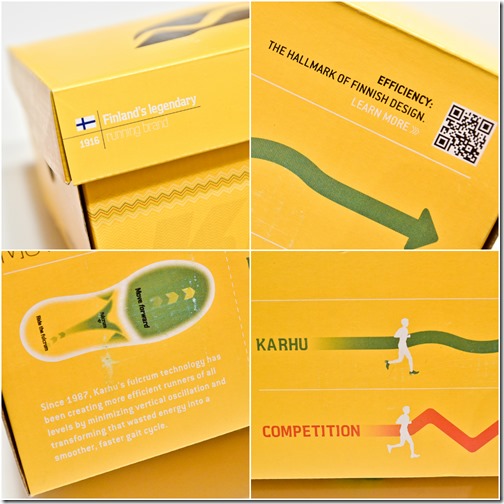
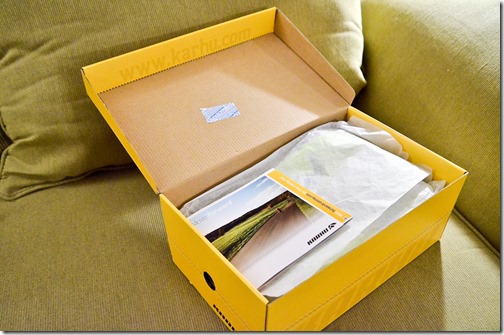
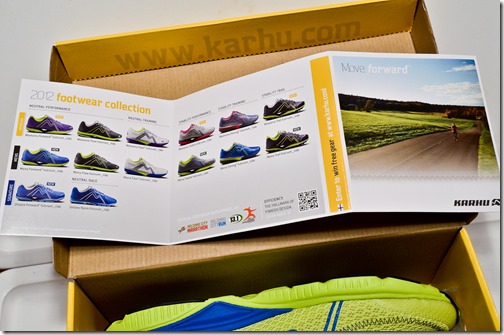
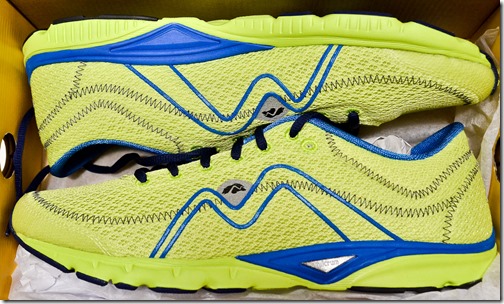
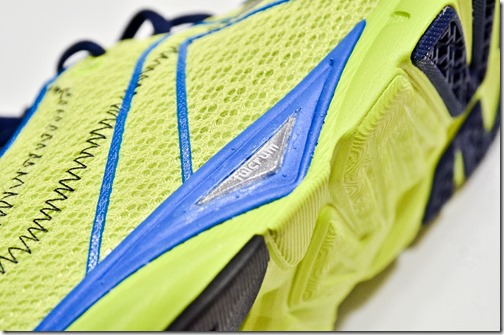
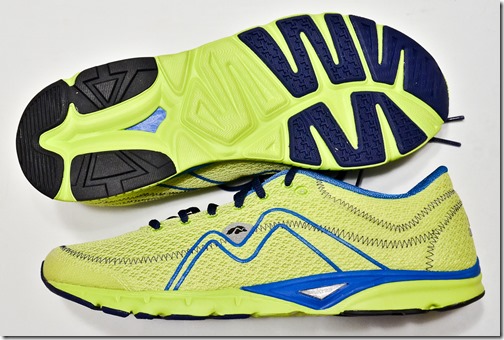
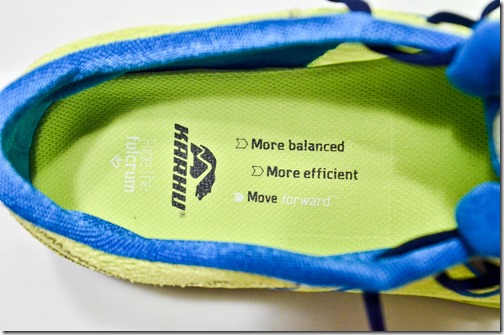
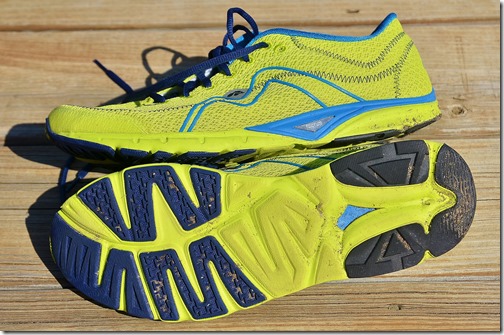
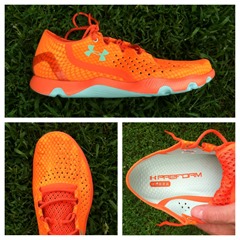
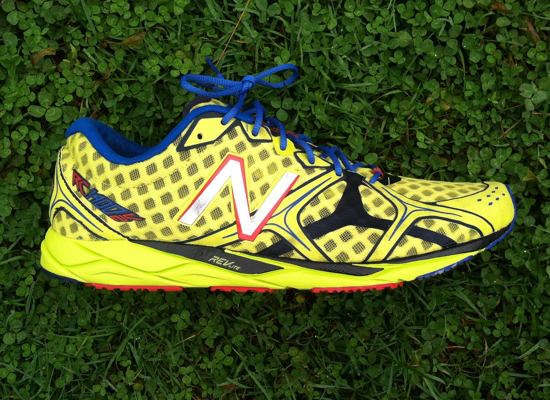
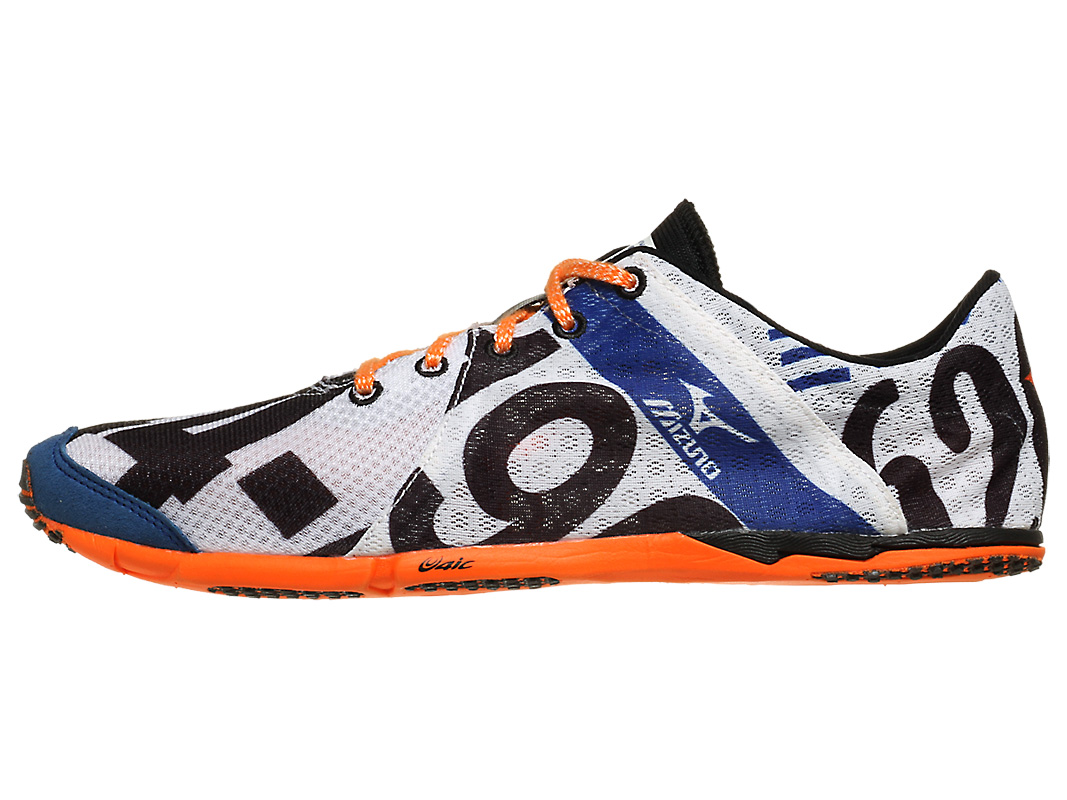
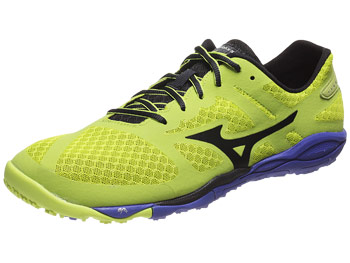
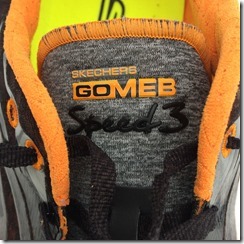














While the shoes look very good I am not completely convinced about this “fulcrum” thingy. I mean that it just makes no sense from a physical point of view.
What I would see is a study about good old canvas sneakers, like the one generations of runners have worn. These do not hinder your natural foot movement in any way and do not need any fancy marketing snake-oil based on fantasy physics and DIY physiology.
Nice shoes, anyway… I would really like a pair of spikes like the ones God whore (God = Emile Zatopek, of course)
I’m also skeptical on the science, seems every company has to have a marketing angle with their shoes, and this is the Karhu hook. Not sure if any research on it has been published. Does look like a nice shoe though.
—-
Pete Larson’s Web Links:
-My book: Tread Lightly: link to ow.ly
-Blog: https://runblogger.com
-Twitter: link to twitter.com
-Facebook Page: link to facebook.com…
-Discussion Forum: https://runblogger.com/forum
The research on Fulcrum has been on-going process. So Karhu tested with 4 different models and 4 different Asics (or was it 4 different brands) and the result published on Karhu technology page is average numbers.
It is the most important that you could feel it was hard to go slower as Fulcrum worked and converted your downward footstep energy into forward momentum.
Great review!:)
Hello. Thanks for a great review which helped me make a decision to get a pair of these. Well, having had them for about 4 weeks, I finally got around to running a 10K in them. My first impression was that I much prefer a more heavily cushioned shoe, but after a few k I wasn’t really noticing the sole. I don’t really know whether the fulcrum does anything, but I can say that over my first run I averaged about 15 seconds per K quicker than I normally run. Not exactly scientific, but I intended to run an easy 10k, but ended up pushing myself a bit harder than usual, and I don’t know why. So I guess my experience is similar to yours. Thanks again for a great review.